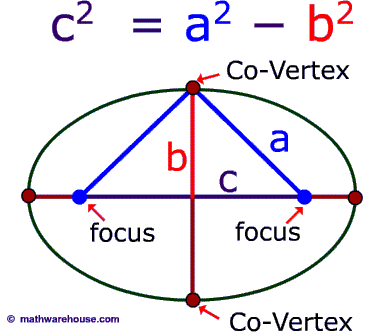Using Transitions to Organize Ideas
Question: Some North American colleges and universities don’t require students to take gym classes that involve physical exercise. Other schools require that students take at least one. Do you agree that students should be required to take one organized gym class involving physical exercise during each semester? Use specific examples and reasons in your answer.
The following is a model outline of how to use transitions in writing an eight -sentence paragraph. Write eight sentences, beginning each with the transition terms given below, to answer the question above; and, note how effective use of transitions can bring a logical order to your ideas – making them easier for your reader to follow.
1. First,
2. Generally speaking,
3. For example,
4. Moreover,
5. In other words,
6. Therefore,
7. Of course,
8. However,
First introduces your opinion. Generally speaking gives a reason why your opinion is sound. For example gives, not surprisingly, a specific example, expressed with proper nouns, of the abstract ideas you gave in support of your opinion in the preceding sentence/s. Moreover, is a chance for you to expand on the point your example is illustrating. In other words, is a chance to reiterate your point in slightly different terms. Therefore, allows you to draw a conclusion from the example you have adduced in defense of your opinion. Of course, is a chance to consider an alternative point of view or a possible objection to your position. Finally, However, allows you to dismiss the just mentioned objection, with grace rather than presumption (of course), and conclude with a final statement on the merit of your position.
You could expand on this model by using more than one sentence in each of the eight positions above.
Naturally, there are other transition words that can be deployed just as effectively, this is just one model, but there is nothing wrong with building up a diverse repertoire of paragraph structures that you can then put to use with more ease when under the pressure of a timed writing assignment.

